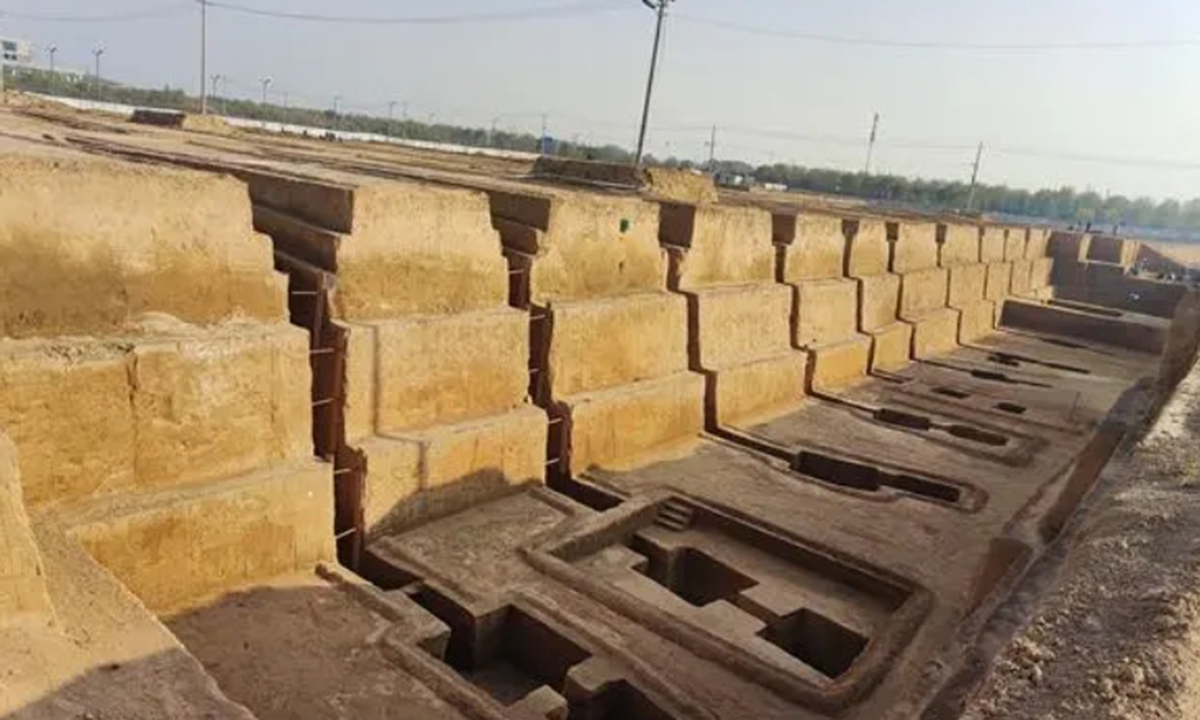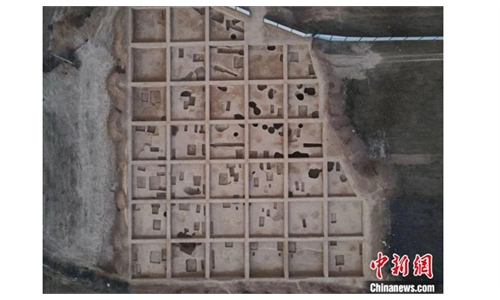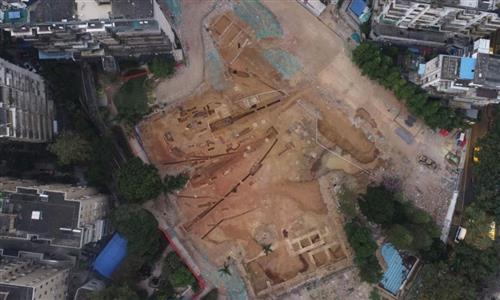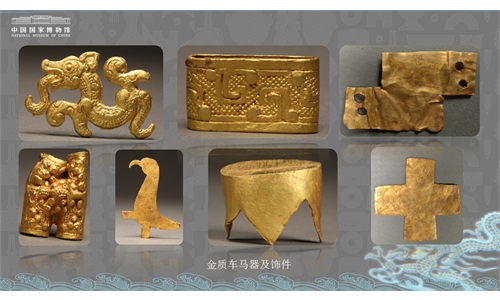ARTS / CULTURE & LEISURE
Tombs dating back to 4th century discovered in Shaanxi Province

Photo: Courtesy of National Cultural Heritage Administration
A cemetery with 285 tombs dating back to the 4th century has been unearthed in Northwest China's Shaanxi Province, reported the state broadcaster CCTV on Wednesday, citing the Xi'an Institute of Cul-tural Relics and Archaeology. The discovery not only sheds light on the evolution of the burial and sacrifi-cial system in ancient times, but also contributes to studies on population mixing and ethnic integration.The tombs, which span a time from the Sixteen Kingdoms period (304-439) to the Sui and Tang dynasties (581-907), were found in an orderly aligned layout. The cemetery stands as the largest independent cemetery from the period found to date.
All the tombs in the cemetery are oriented toward the east. This practice was consistently maintained from the early years of the Sixteen Kingdoms to the Tang Dynasty, spanning over 300 years. Archaeologists say this demonstrates strong uniqueness and stability.
The find also represents a crucial link in the evolution of ancient Chinese burial practices, showcasing a unique blend of burial systems spanning from the independent mausoleum traditions of the Warring States period to the family cemetery systems of the Northern Dynasties (439-581) and Sui and Tang dynasties, according to the report.
Archaeologists say the excavation of the graveyard helps shed light on the evolution of the burial and sacrificial system in northern China in the Sixteen Kingdoms period and Northern Dynasties.
In addition, pottery figurines, pottery stoves and kettles, pottery lanterns and epitaph bricks imprinted with characters identifying the year the brick was made were unearthed from the tombs.
The evolving burial styles and accompanying artifacts within the cemetery suggest a cultural synthesis. The inhabitants of this cemetery adhered to their ethnic traditions while adapting elements of Han Chinese culture. This reflects the gradual integration of ethnic minorities who migrated to the Central Plains during the Sixteen Kingdoms and Northern Dynasties period, providing valuable insights into the complex historical and cultural dynamics of the Chang'an (the old name for Xi'an and capital of the Tang Dynasty) region over the 300 years spanning the Northern Dynasties and the Sui and Tang.
The discovery will also contribute to studies on population mixing and ethnic integration in the Chang'an area, serving as an important manifestation of the characteristics of Chinese civilization, emphasizing "inclusive integration and unity in diversity," according to the report.



